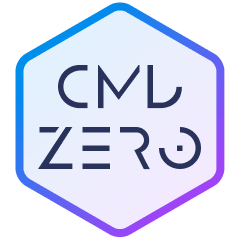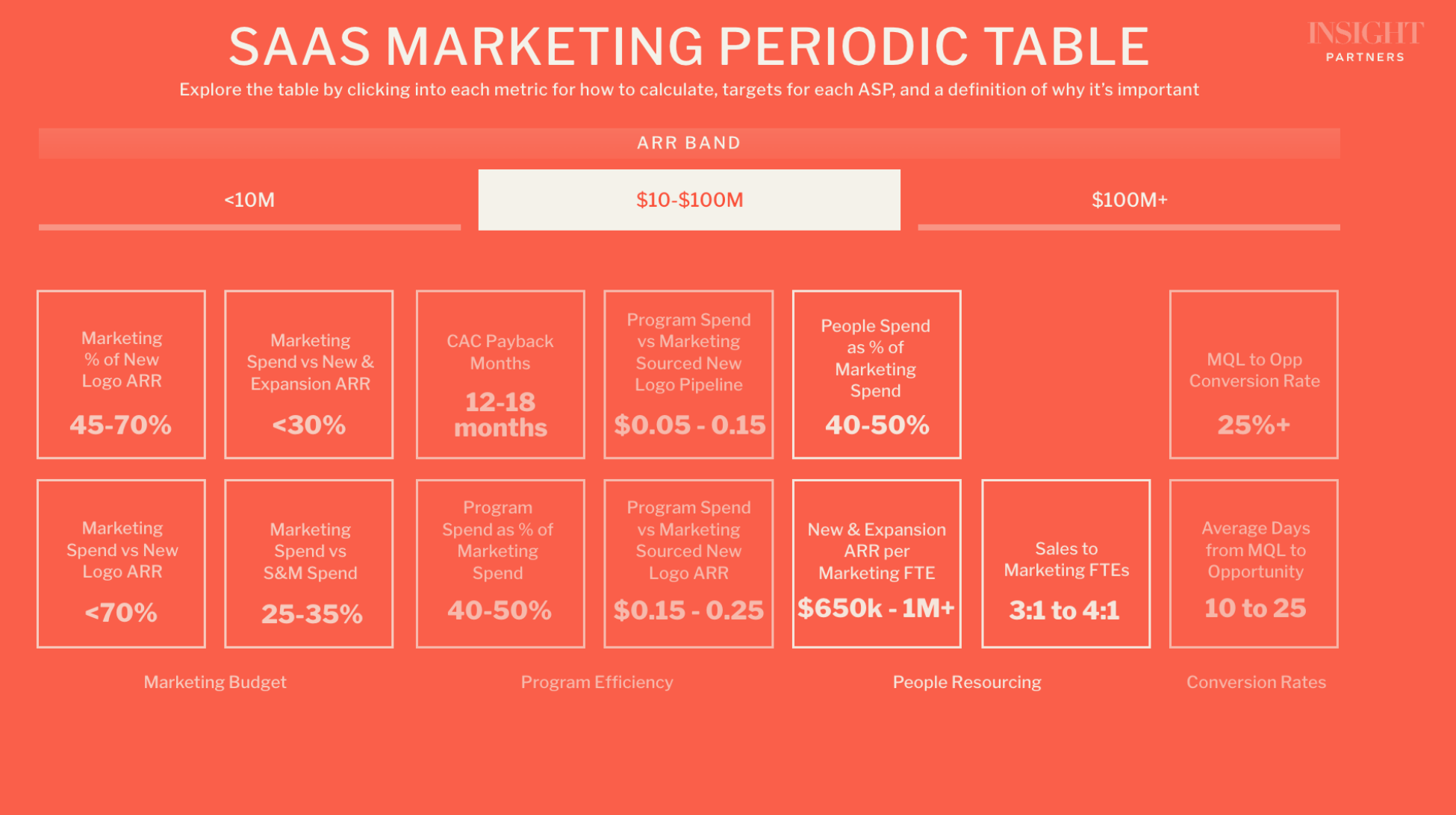How a childhood spent coding inspired Postman founder Abhinav Asthana to revolutionize the developer experience

“I’ve been a coder all my life,” says Abhinav Asthana. Asthana’s father, a civil engineer, got the computer bug during Asthana’s early years. And it was only natural that Asthana would also tinker with the computers in his home. But his father wasn’t hugely pleased.
“He was insistent that I do something more productive with computers than gaming, which I was enamored with,” he says.
Asthana therefore was allowed on the computers, but only for productive purposes. The young boy started programming with C, C++, and Visual Basic. Eventually, Asthana began web programming as well.
Before he even finished college, Asthana had built his first product: BITS360, virtual tour technology that used 360-degree panoramas, launched five months before Google StreetView.
These skills landed him an internship at Yahoo in Bangalore, India, in July 2009. There, Asthana was working on developing software to call on application programming interfaces (APIs) — alongside future Postman cofounder and CTO Ankit Sobti.
“We were given an API and asked to build software for it,” he says. “We found that the thing always broke in production. We’d write the code, ship code, put it in production, then spend weekends and nights debugging what’s going on.”
No easy way to test APIs
It was a frustrating cycle of shipping code, finding issues, and struggling to resolve them. The only way they could do so within Yahoo, Asthana says, was for each issue to be flagged individually by their manager — then to go back to their desks and fix it. There was no holistic, proactive view of the issues occurring.
“The memory stuck with me: I’m spending so much time on this project, but the tools around it seem to be pretty dated or non-existent for the most part,” he says.
Asthana finished college and his internship at Yahoo and set up his first company, TeliportMe, which productized his earlier virtual tour idea and built it into a mobile app. It was also here where he started working with his future cofounder and CPO Abhijit Kane. But, again, he encountered the same issue: He was managing a team of engineers and struggling to share issues and ongoing team projects because there was no easy way to test APIs.
He began looking for tools that would solve this issue — with little luck. There was no solution on the market that provided an oversight and API-testing platform.
So he created it.
Postman is born
Asthana left TeliportMe in 2013 to devote himself to Postman near-full time. “I didn’t have too much money saved up, as the startup didn’t really have an exit point,” he says.
He started consulting on the side to pay the bills while working on Postman. He released the first version of Postman on the Chrome Web Store as an extension, and it quickly grew to half a million users. As the app continued to grow, Asthana recruited his former colleagues Ankit Sobti and Abhijit Kane to help, formally launching the company together in 2014.
They began receiving inbound queries from investors who were quizzing their existing portfolio companies, seeking recommendations for new businesses to invest in. Many of them, it turns out, were using Postman in their workflows.
“That’s how I ended up meeting a bunch of VCs,” he says. Building the company was hard work, but he started from basic principles. The product-market fit was designed to provide simple solutions for developers.
“Focusing on the developer experience”
“Postman started with really focusing on the developer experience,” he says. “We really got good at that.”
The company began monetizing a team collaboration product that enabled multiple developers to work on the same project simultaneously, leaning into a product-led growth strategy.
“We didn’t have a sales team,” says Asthana. “We just put the product out, and people started buying it. People were not only buying it for one team but scaling it.”
Pivoting to solving enterprise “API chaos”
At the same time as the business was going through significant changes, Asthana was, too. He moved to the United States in 2017. And in 2018, the company pivoted slightly when it recognized the scale of the opportunity in enterprise.
“We saw that enterprises have this massive problem of managing these APIs at scale,” he says. “We call this API chaos.”
Different teams building different APIs within the same organization can cause problems. Postman set itself up as the solution to that problem, standardizing the building and governance of APIs across an enterprise.
Scale up your career: See all open roles at Postman on the Insight Partners job board.
The investor POV
“Abhinav is a special founder — humble, hands on, and grounded with laser focus on his end users.”

The promise of what Postman was doing — making API management far easier — was alluring to Praveen Akkiraju, managing director at Insight.
“I have a background as an engineer, and having basically run engineering teams and built products, always had a primary focus and interest in the developer ecosystem and developer tools,” he says.
Akkiraju first became fascinated with Postman when it began gathering buzz in the developer community.
In late 2019, Akkiraju was introduced to Asthana through a mutual friend. Asthana was looking for advice on how to take Postman to the next level of growth, and Akkiraju had just built and sold a startup, making him an ideal mentor. The two began connecting over a handful of phone conversations.
“I had an understanding of what Postman was all about because of my background as a developer and engineer,” says Akkiraju.
That Akkiraju was just about to begin working for Insight also helped. Insight had tried to invest in Postman in an earlier funding round but had lost out. Insight founder Jeff Horing asked Akkiraju to help broker the connection that would ensure they didn’t lose out a second time.
“My model of fundraising was, in some ways, that you’re actively fundraising all the time,” says Asthana. And so it was only natural that Asthana would take the meeting with Insight.
A long walk around Palo Alto
During the first wave of the pandemic, that connection was fostered.
By then, Asthana had moved to the United States, and he and Akkiraju no longer needed to have their conversations over the phone. They could meet in person. And so they went for a walk around Palo Alto and got to know each other better.
That walk paid off, and Insight invested in Postman’s $150 million Series C round in June 2020. When Akkiraju officially joined Insight in September 2020, he formally engaged with Asthana as the managing director who oversaw the relationship with Postman.
Insight was not alone in courting Asthana and Postman: The founder fielded an estimated 40 or 50 investors. But he picked Insight because of their expertise.
“Insight by far was the strongest in terms of operational excellence,” Asthana says. Insight gained a landmark business in a fast-moving, developing space. And Postman gained cash and support from Insight’s team of software industry operators.
“It’s been great to see Postman go from that early-stage developer tool to a full-fledged developer platform,” says Akkiraju.
Developers were signing up for the product at pace, and Insight was attracted to Postman by the opportunity to build a bigger business, says Asthana.
The original vision for Postman was to make access to, and collaboration with, APIs easier. “They’ve built quite a comprehensive platform, where you can develop your APIs, publish your APIs, share your APIs, and collaborate with your partners,” says Akkiraju.
It’s a simple vision, but one that has proved successful in gaining adherents.
“It’s a very hard challenge to get companies to test you,” says Asthana. “You have to get developers to trust you, and you have to really build new innovative things.” Insight followed up with a $225 million Series D round in August 2021.
Scaling to $100 million
One of the key initiatives that Insight could help drive was the go-to-market strategy to realize the vision of the Postman flywheel in customer deployments.
“A startup is something like a plane with one engine,” says Akkiraju. “When it takes off, you have a product that you’re selling to customers, and you’re hoping it successfully gets enough altitude in order for you to add more engines.”
Akkiraju helped Asthana think through the Enterprise GTM strategy, while Onsite’s Sales Center of Excellence brought in resources to define and build a scalable sales engine. At the same time, the initial team of five has grown to more than 700 across more than 20 countries — all on the path to scale to $100 million. “Our mission has become to create 100 million connected builders,” says Asthana. “We have the opportunity to be a central platform for the software ecosystem.”
Companies like Paypal, Salesforce, and Meta use the platform, while half a million new users join Postman every month — and for good reason, says Akkiraju.
“Abhinav is a special founder — humble, hands on, and grounded with laser focus on his end users,” he says.






